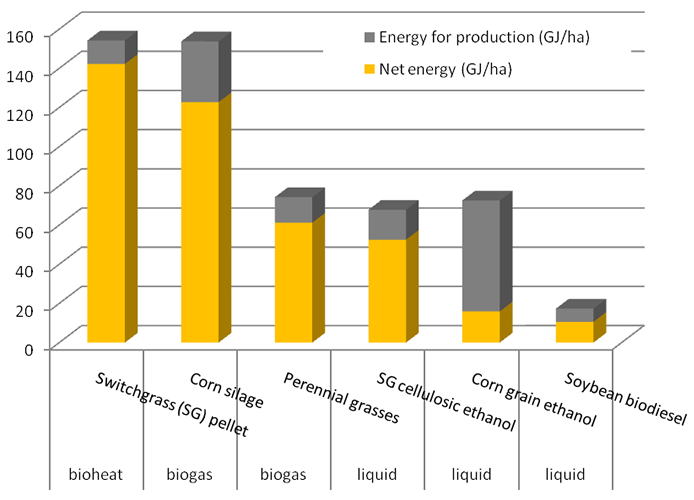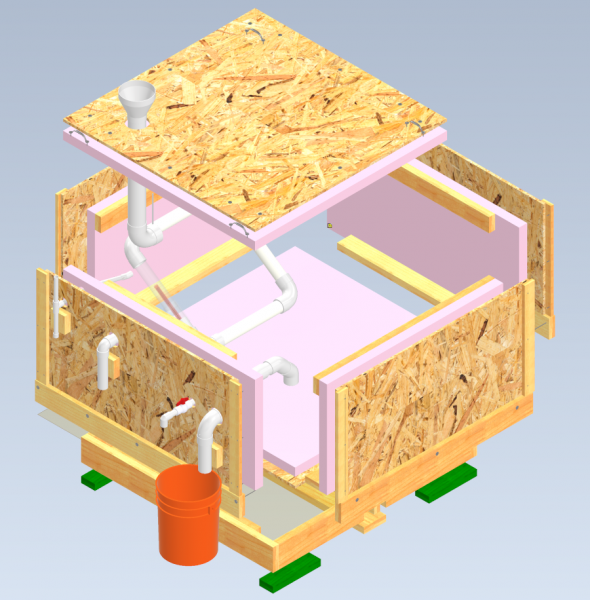In these workshops, you can learn how to:
- Make and Use Biogas
- Save Money on Fuel
- Build and Sell Biogas Digesters
- Save The Planet and Have Nice-Looking Flowers
(Want to know more about what you might learn at these workshops? See below…)
David talks about how the spread of inexpensive (plastic bag) biogas digesters can have an impact on global poverty and climate change. Biogas is a strong catalyst, providing benefits that people can use to improve their own conditions, help their family and village, and escape the worst impacts of their poverty.
When’s the next one?
No workshop is scheduled just now (late summer of 2024), but you can if you are interested in hosting a workshop, or you can sign up for our rare, informative email messages, to the right (“Keep me informed!”)…
However! We are presently working very hard on a small (150 gallon; 4'x4'x2' half cube) digester with multiple innovations: the basic container is “poly panel” (panels of polystyrene, supported by plywood), it offers multiple heating options, effluent recirulation and more.
We hope to be able to have a workshop on how to build these digesters by the end of 2024. For the moment, please take a look at these pictures, and if you are interested in getting information about our upcoming exciting workshops, please sign up as suggested.
What are these workshops?
Biogas is a great, entirely natural alternative fuel which can be made from a composting process, using almost anything that was once alive to produce a burnable gas. (It’s really almost magical. Honestly. Biogas astonishes.) Would you like to know how to generate biogas? What produces it and how to use it? How to make really cheap, practical digesters? Attend a workshop!
Our workshops provide complete information about how to understand, successfully make and properly use biogas (first day), offer the best information on the planet about how to make more than four standard designs for biogas digesters. It’s not just about small digesters, either: You will also learn a good deal about the tools and techniques required to build fairly large digesters. To top it off, our workshops now feature full information about how to make simple, effective, low–cost US-ready, cold-weather digesters (second day and onwards: hands-on!).

Several days packed with digestible information, presented with humor and energy by the author of the best-reviewed, most comprehensive biogas book on at least one planet. And please note that we’ve learned a lot more since the book was written, so a good bit of the information provided in this workshop is not in The Complete Biogas Handbook. (Yes, yes, agreed: That of course means that it’s not ‘complete’, but calling it The Nearly Almost Pretty Much Complete Biogas Handbook just didn’t seem like such a great idea…)
Who will be presenting?
David House is the author of The Complete Biogas Handbook, and has lectured and taught a variety of subjects in more than 20 countries. (More information about David found here.)
More about biogas
Biogas is a naturally produced fuel, capable of powering stoves, lights, refrigerators, and anything that natural gas or propane can power. It is a gas composed almost entirely of CO2 (carbon dioxide) and methane (CH4) produced by a composting process, where air is excluded: anaerobic digestion.
Almost anything that was once alive can produce biogas, but plants provide a good deal more biogas than manure, pound for pound. (Want to know more? Well buy the book, hey….)
Briefly: Biogas? Well…
- It’s simple
- It can be really inexpensive to build a biogas “digester”
- And it offers far more energy per unit land than either ethanol or biodiesel
(Honest! Proof? See the chart and read the links below.)
| Composting process |
Outcome | ||
|---|---|---|---|
| Heat | Methane | Cell growth |
|
| Aerobic (with O2) |
40% | ~none | 60% |
| Anaerobic (no O2) |
~none | 90% | 10% |
As you may know, a properly–built ordinary (aerobic) compost pile will get very hot (sometimes as much as 150°F – 70°C). So much kinetic energy (moving; hard to capture and use) is released from the breakdown of compost materials! A lot, yes, but more than twice the amount of energy in that kinetic heat is released as potential energy (stored; easy to capture and use) in the bonds of the methane molecule in biogas.
(Look at the chart at the right. You can see that 90% is
more than twice as much as 40%.)
How much energy? Well, many studies show that when converting plant matter from a given unit of land into biogas vs. ethanol or biodiesel, biogas wins the contest big time, offering (for example) eight times the net energy of ethanol. (It offers lower greenhouse gas emissions than either ethanol or biodiesel as well.) For example:

(The above shows data from a 2009 study by Roger Samson and his colleagues.)
So in sum, if you come to a workshop, you will learn essentially everything you need to know about biogas to be able to make and use it, and you will be given resources to build any of several different kinds of biogas digesters.

.png)

